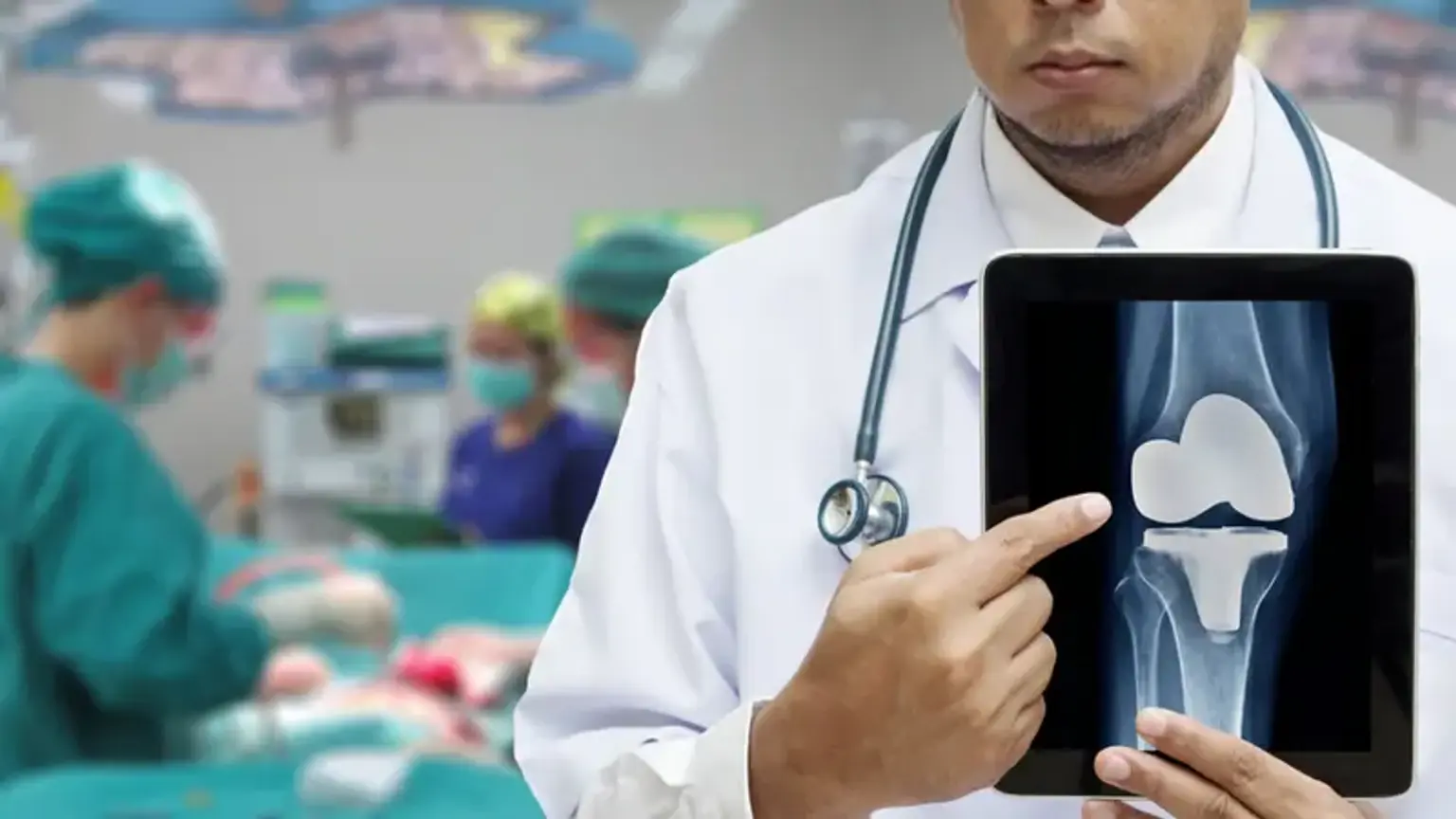TKRA (Total Knee Replacement Arthroplasty)
Overview
If your knee is significantly injured due to arthritis or injury, you may find it difficult to do simple activities like walking or climbing stairs. You may even have discomfort when sitting or lying down.
If nonsurgical therapies, such as drugs and walking aids, are no longer effective, you may wish to consider complete knee replacement surgery. Joint replacement surgery is a safe and successful technique for relieving pain, correcting leg deformity, and allowing you to return to regular activities.
Knee replacement surgery was performed for the first time in 1968. Improvements in surgical materials and procedures have substantially boosted its efficacy since then. Total knee replacements are one of the most effective medical treatments. According to the Agency for Healthcare Research and Quality, over 754,000 knee replacement surgeries were done in the United States in 2017.
